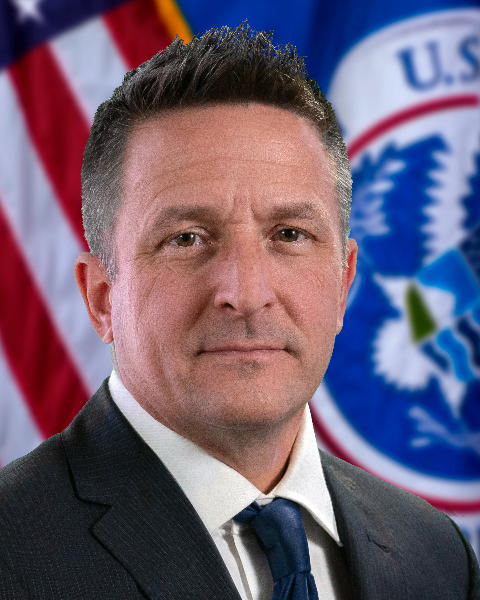Emergency Preparedness, Response and Situational Awareness
Adopting the FEMA IPAWS Platform for Our Mobile Nation
Wednesday, August 7, 2024
3:30 PM - 4:30 PM
Location: Orange County Convention Center, W209
CEU: 1
Main Presenter(s)
Emergency events in the U.S. continue to rise. Whether the event is climate-driven, such as hurricanes, wildfires, severe weather, evacuation, and flooding, or human-based, such as active shooter, bombs, missing children, and major traffic accidents, the U.S. needs to prepare, respond and recover from emergency events and strengthen homeland resilience. It is imperative that we, as a collective group of government, industry, experts and emergency managers demand more for the populations we represent and serve, and insist upon a national adoption of FEMA IPAWS as an effective and efficient way to alert U.S. populations of emergency events.
Learning Objectives:
- At the end of this session, participants will be able to articulate what autonomous emergency alerting is and how it can affect communities experiencing an emergency. Data from studies on the effectiveness of alerting will be shared as well as video from an R&D activity Norman Speicher managed.
- At the end of this session, participants will have learned about the autonoous emergency alerts that are in development and/or currently active in communities within the U.S.
- At the end of this session, participants will have received perspectives about the future of autonomous emergency alerting and how it can bolster community, regional, and homeland resiliency.


